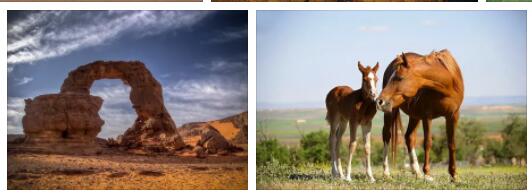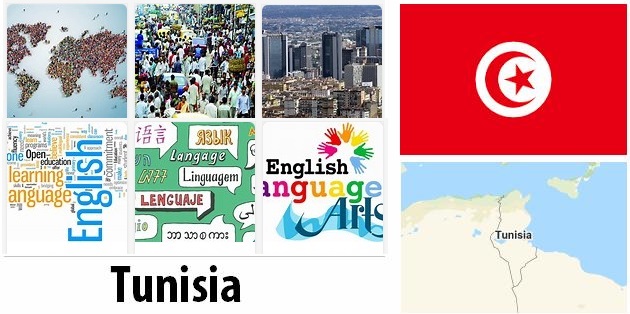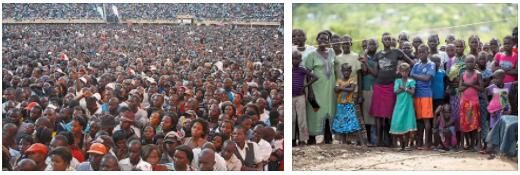Algeria Wildlife and Economy
Animals and Plants
Algeria’s nature
The Mediterranean, the mountains and of course the large part of the Sahara determine what grows in Algeria and which animals live here. Only two percent of the land is forest, while the desert takes up most of the land. Little grows there. One tries to counteract the spread of the desert by planting trees. Several national parks have been set up to protect nature.
Which animals live in Algeria?
Only animals that are adapted to the drought and heat can live in the Sahara. These are the desert fox (fennec), the maned dipper and the gerbil, but also scorpions, snakes and lizards.
The Gundi, a rodent, is also a Saharan inhabitant. Gundis live in groups of up to twenty animals and use a variety of sounds to communicate. Gundis sleep in caves, like to sunbathe and eat grass, seeds and flowers.
For example, Cuvier’s gazelles live in the mountains of the Atlas. The only species of monkey in Algeria, the Barbary macaque, only live in small, mountainous areas in the northeast.
Striped hyenas, on the other hand, can be found in the mountains as well as in semi-deserts. They also feel at home in the mountains of the Sahara, only avoiding pure deserts.
What is growing there in Algeria?
The typical Mediterranean plants can be found on the coast and the north-facing slopes of the Tell Mountains. These include Aleppo pines, cork oaks and holm oaks. They grow less than forests, but stand between lower trees that can cope with the summer drought. Atlas cedars also grow from a height of 1600 meters.
In the Schotts highlands there is steppe. Half-grass and wormwood grow here. The Sahara Atlas merges south into the Sahara, where only a few acacias, grasses or cacti grow. It only grows lush in the few oases where date palms are mainly grown.
Economy
Natural gas and oil
Algeria’s economy is primarily based on the extraction of natural gas and oil. State income from exports comes almost exclusively from this area. They generate 30 percent for the entire economy.
Algeria still has large production volumes in the ground. The country has the tenth largest reserves of natural gas and ranks 16th in oil. Algeria is among the ten largest exporters in the world for natural gas. Large pipelines run through Algeria that transport the natural gas and oil to, for example, Oran, from where it is shipped.
Industry
Industry contributes 39.3 percent to the entire economy. There the oil and natural gas are processed further. In addition, metal is also processed, sugar and cooking oil are refined, fertilizers and building materials are manufactured. Iron, lead, copper, zinc, mercury and phosphates are also promoted.
Agriculture
Agriculture contributes around 13.3 percent to the entire economy. However, it can only be operated economically in the north. Wheat, barley, and oats are among the types of grain that are grown. There are also grapes, olives, figs and citrus fruits.
In the oases of the Sahara, dates are mainly harvested. After all, there are 15 million date palms in Algeria! You will also find sheep and cattle. They are often kept by nomads who roam around with their cattle. This happens mainly in the Schotts highlands and in the northern Sahara.
Problems of the Algerian economy
While Algeria’s economy is not doing badly overall, there are some problems. This means that the economy is very one-sided. But if oil and gas prices fall, everything quickly collapses.
Another problem is high unemployment. Due to the high birth rates, there are many young people for whom there is no work. Unemployment is 11 percent, but among young people even 21 percent.
Tourism, which is a good source of income for many Mediterranean countries, is not as well developed in Algeria as it is in neighboring Morocco or Tunisia. Around 2.3 million tourists come to Algeria each year (compared to ten million in Morocco and six million in Tunisia).



